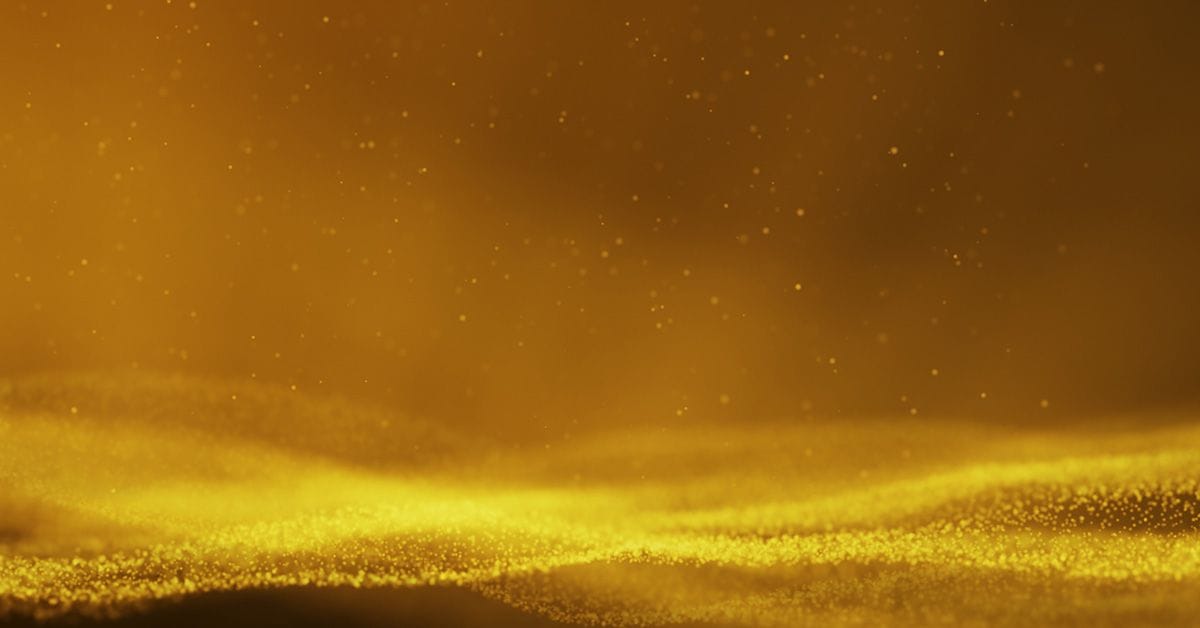A new study reveals a process for tattooing gold nanopatterns onto single cells. Could this pave the way for electrode arrays, antennae, and circuits on living cells and tissues?

With advances in very large-scale integration and microelectromechanical systems, we are now able to create sophisticated transistors, circuits, and sensors with precise nanoscale resolution. But the processes involved often use harsh chemicals, high temperatures, or other techniques incompatible with living cells. Being able to create well-defined nanopatterns is an essential building block for developing smart devices tailored to the soft, dynamic, and three-dimensional surfaces of biological tissues and systems.
To address this need, a team working at Johns Hopkins University have developed a biocompatible and cost-effective transfer process that uses nanoimprint lithography to tattoo gold patterns on living cells. The study, published in Nano Letters, explores biotransfer printing of the gold arrays on both rat brains and live cells.
The hybrid nanotransfer printing technique has three key steps: first, conventional thermal nanoimprint lithography is transferred to glass coverslips, creating arrays of gold nanodots and nanowires; then, the arrays are delaminated with amine functionalization followed by alginate hydrogel casting; finally, chemical conjugation with gelatin helps transfer the arrays on to tissue or cells.
The authors anticipate that their method could help advance work in several fields, including bionics, biosensing, and biohybrid tissue interfaces—perhaps allowing advanced functional optical and electronic devices to be imprinted on hydrogels, live cells, and tissues.
Other work, published in ACS Applied Nano Materials, has also explored nanoimprint lithography, harnessing it in the design and characterization of metasurfaces. The authors report that their findings demonstrate promising potential for applications such as cost-effective manufacturing of 3D micro- and nanoelements for scalable photonic and plasmonic devices.
